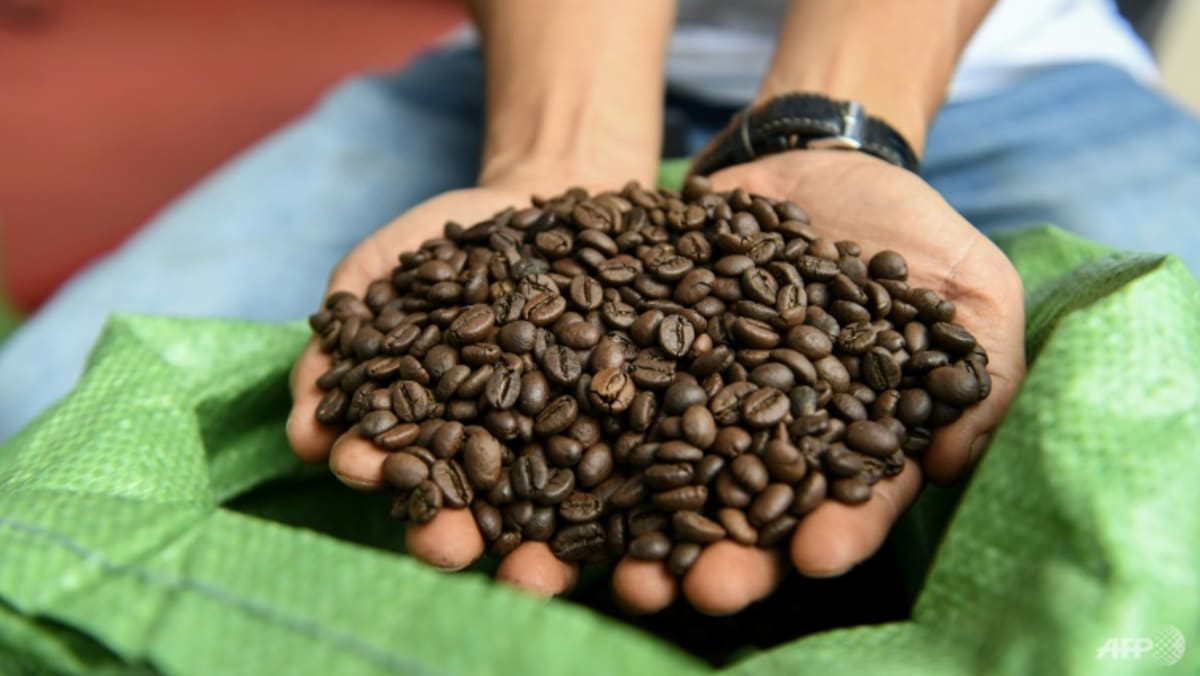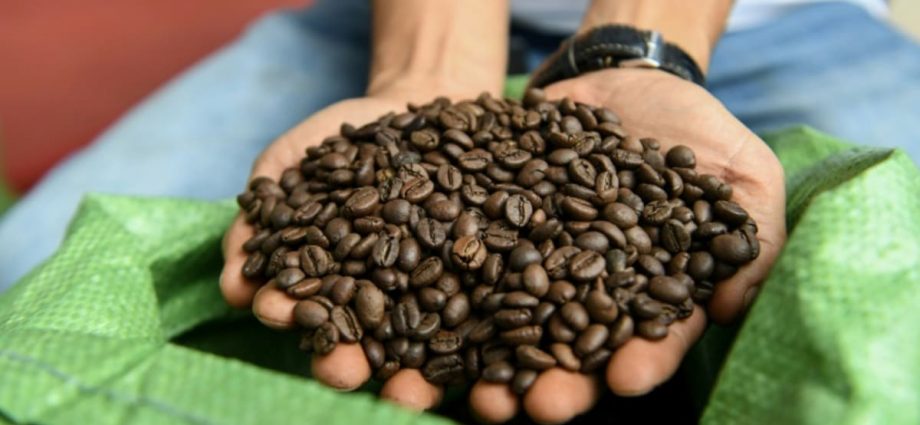
“VICIOUS CIRCLE OF BAD QUALITY”
Long scorned by giants such as Starbucks, robusta – which has almost double the caffeine content of arabica – is found in most instant coffees, as well as some espresso blends.
Most experts agree that the bean has potential, but is stuck in a “vicious circle of bad quality”, said Mario Fernandez of the Specialty Coffee Association.
“We get bad quality from robusta, therefore it gets a bad reputation, therefore no one wants to pay a premium for it, therefore there’s no motivation to improve the quality,” he said.
But robusta has advantages over its competitor: The yields are greater, and it can better cope with higher temperatures.
Climate change presents a serious concern for the multibillion-dollar coffee industry, with scientists predicting lower yields and fewer areas suitable for growing.
Arabica, which makes up around 60 per cent of the world’s coffee production, originates in the highlands of Ethiopia and South Sudan, and prefers average annual temperatures of around 19 degrees Celsius.
Robusta, although by no means immune to a warming world, may be able to endure up to around 23 degrees Celsius.
Should global production of arabica start to fall short, “people will have to find an alternative supply”, said Pham Thi Diep Giang, deputy director general of Trung Nguyen, one of Vietnam’s top coffee brands.
A tumble in arabica supply caused by extreme weather in Brazil already helped Vietnam earn US$4 billion in 2022, a 32 per cent rise from a year earlier, the government said in a recent report.
At a coffee fair in Buon Ma Thuot city, farmer Hoang Manh Hung tried his best to convince visitors to take sips of his “fruity and elegant” robusta.
“I really wish more people would love robusta, as it’s truly a ‘wow’ drink,” Hung told AFP.
The 53-year-old transformed a farm that had produced low-quality coffee cherries for decades, first under the French and then his parents.
“We can now produce robusta with a completely different taste, and a scent that anyone would love,” Hung said.
Key to the change, Hung said, is that the cherries are now hand-picked, and only when they are fully ripe.
“And they’re fully organic,” he added.

